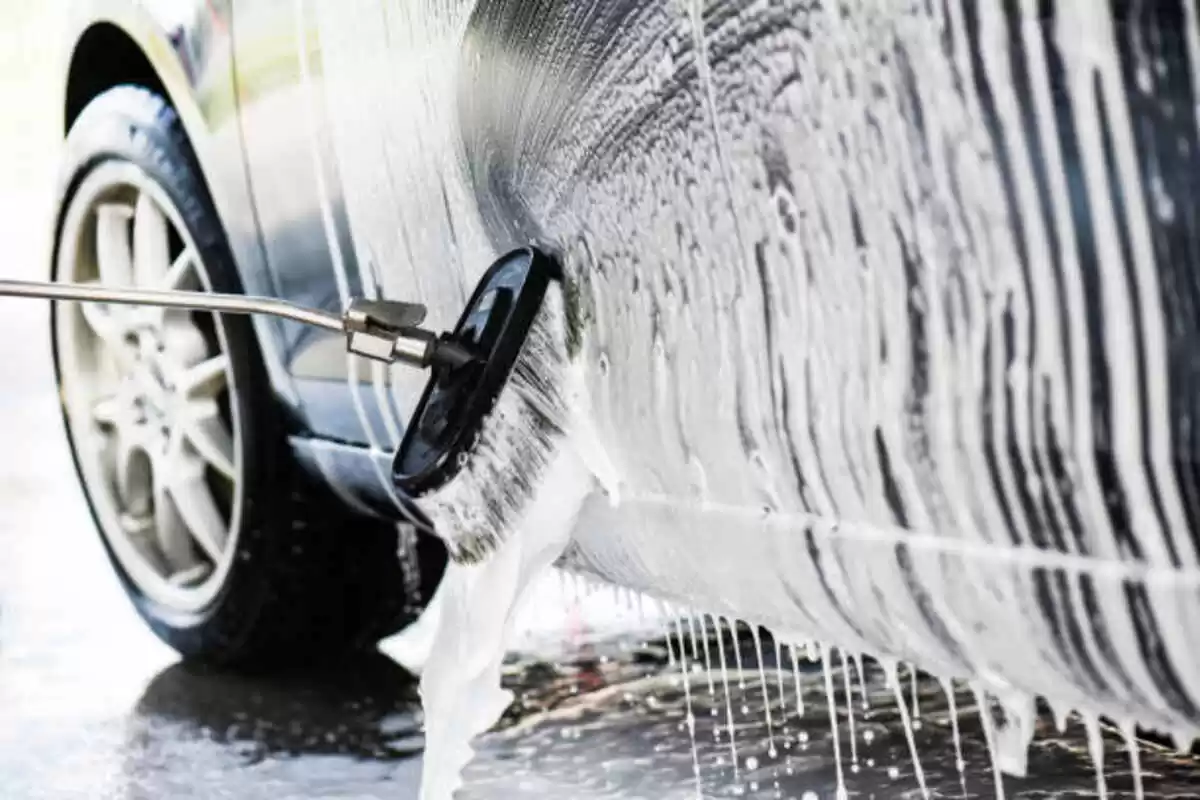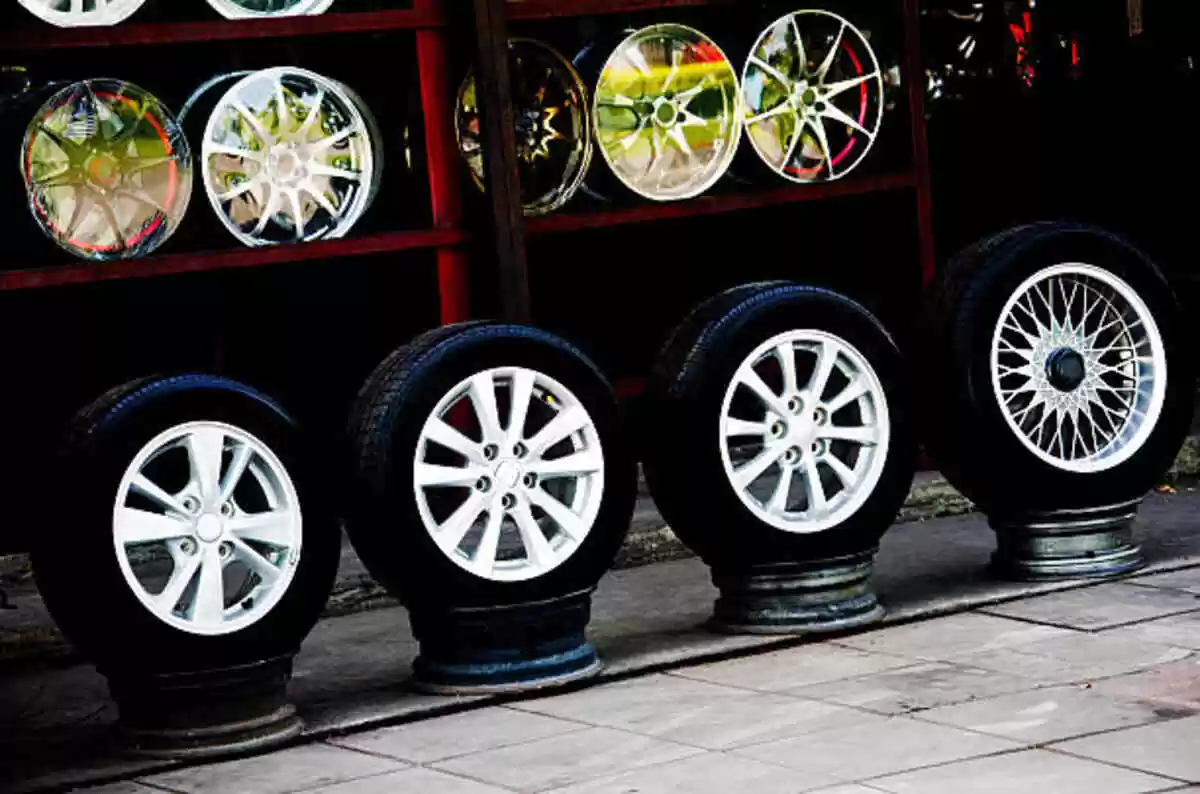The authentication process begins with an off-the-shelf camera or mobile phone taking a high-resolution photo of the product coming off the production line.
That information is converted into a digital fingerprint and registered in the company’s database for a small fee.
Product verification is as simple as uploading a photo of the item to Alitheon’s mobile app, then checking to see if the FeaturePrint is registered.
“We don’t tell you if a part is real or not,” Ganzarski said. “But we can tell if the part was registered an hour ago or a year ago.”
Unlike product serial numbers and bar codes, the FeaturePrint is harder to tamper with.
“If I have your fingerprint on file, I don’t need you to wear a badge to tell me who you are. I just need your fingerprint,” Ganzarski said.
The software relies on 5,000 “points of interest” to create the FeaturePrint for a single brake pad.
“So even if I only have half a brake pad, or the wheel is hiding three-quarters of that brake pad, I have enough points of interest on what’s left to authenticate and identify it,” Ganzarski said.






